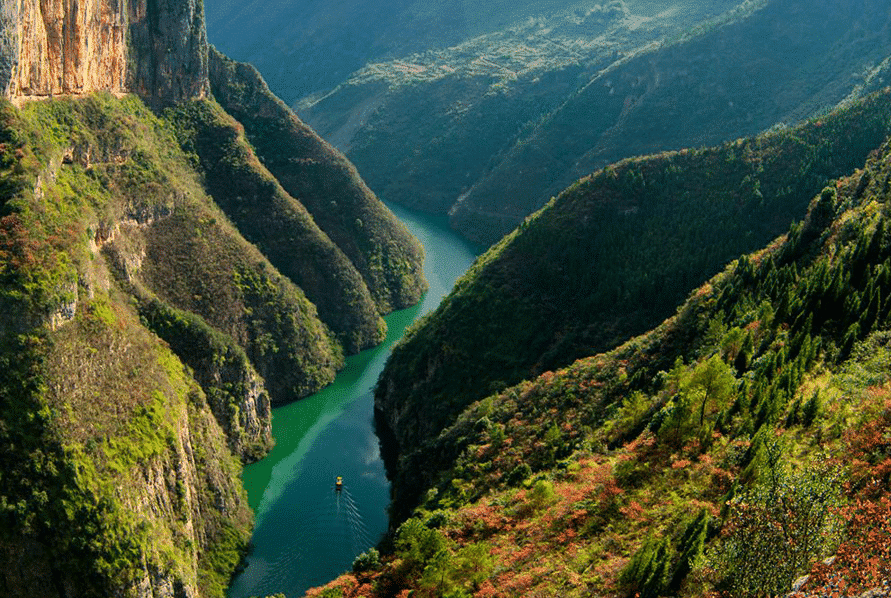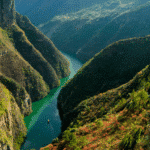South China Karst

The huge karst area of South China is about 550,000 square kilometers in size and a natural site on UNESCO’s World Heritage List. But what is karst? It is a topography formed from the dissolution of soluble rocks: distinctive associations of third-order, erosional landforms indented into second-order structural forms such as plains and plateaus.
Spreading over the provinces of Guizhou, Guangxi, Yunnan and Chongqing, the region is recognized as the world’s typical area for karst landform development in the humid tropics and subtropics.
This natural phenomenon reveals the complex evolutionary history of one of the world’s most outstanding landscapes. The forest cover and natural vegetation is mainly intact, creating seasonal variation to the landscape and further enhancing the area’s aesthetic value. Intact forest cover also provides important habitat for rare and endangered species, and several components are of great importance to the conservation of biodiversity.
“South China Karst” as a World Heritage property is a series of sites including seven karst clusters: Shilin Karst, Libo Karst, Wulong Karst, Guilin Karst, Shibing Karst, Jinfoshan Karst and Huanjiang Karst. The total area encompasses 97,125 hectares, with a buffer zone of 176,228 hectares.

